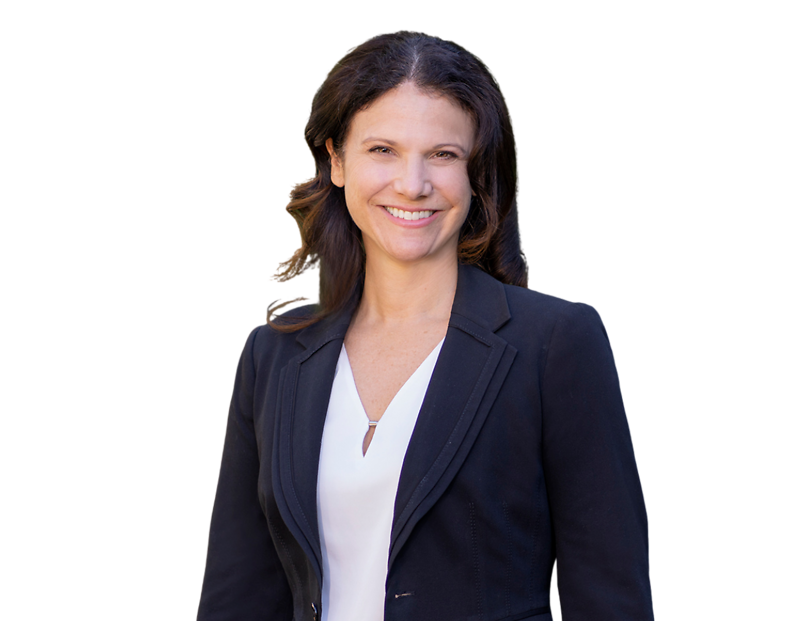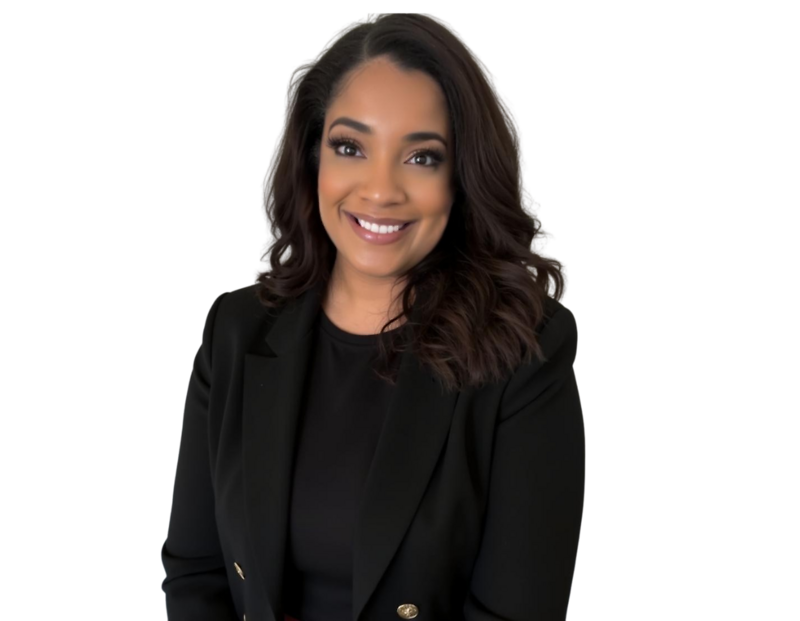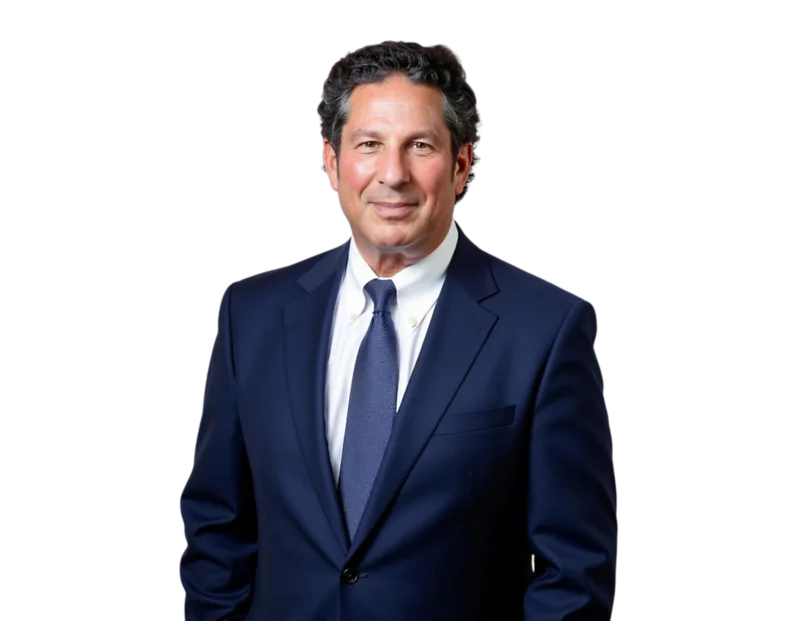Wait, not everything about DEI on the internet is true?
For organizations that desire to retain or implement DEI practices, it is vital to address common misperceptions or negative stereotypes about DEI. When DEI policies are implemented in a thoughtful and intentional manner, the angst often associated with DEI in today’s environment can be diminished.
Here are five negative stereotypes or connotations currently associated with DEI that can be addressed:
No. 1: DEI is not synonymous with “reverse” discrimination. In some segments of society, people assume that DEI means discrimination. That is not – or, at least, should not be – the case. As we have consistently explained, Title VII of the Civil Rights Act prohibits employers from discriminating on the basis of race, color, religion, sex, national origin, sexual orientation, and gender identity. This is not a new concept (except for the sexual orientation and gender identity part).

But the principles of DEI are not inherently unlawful (though employers should be mindful of legal developments on this front). Diversity refers to the benefits obtained from having a breadth of different perspectives in an organization. Equity refers to treating people fairly and equitably without regard to protected characteristics (at least in my opinion*). And Inclusion means fostering an environment that is welcoming and accepting of everyone regardless of their background or protected characteristics. Thus, these concepts do not expressly or implicitly endorse or equate to discrimination, and employers with DEI policies should ensure that employees and other constituents understand their commitment to non-discrimination.
*To some, “equity” is viewed as providing special benefits to individuals based on need. If “need” is equivalent to a protected characteristic, then this could indeed be problematic (except for reasonable accommodations made for individuals with a disability or sincerely held religious beliefs, of course).
No. 2: DEI is not only about race (or a particular race) and/or gender. A common misunderstanding about DEI is that it pertains only to a specific race or that an employer is only focusing on race or gender. However, well-craft DEI practices encompass a broad range of attributes beyond race and sex, such as age, national origin, sexual orientation, gender identity, and disability. In addition, diversity involves many facets that do not relate to intrinsic characteristics at all, e.g., geographic location, political viewpoint, veteran status, socioeconomic and cultural backgrounds, educational and professional experiences, religious beliefs, native language, and communication styles, just to name a few.
Employers should ensure their DEI practices truly cover the wide-ranging aspects of diversity.
No. 3: Employers with DEI policies do not lower their hiring standards. As noted in No. 1, employers cannot base employment decisions on a protected characteristic. Thus, it stands to reason that employers -- with or without DEI policies – should always hire the most qualified candidates.
Employers that recruit candidates from a wide variety of sources will most likely develop diverse candidate pools. Application of a neutral, non-discriminatory selection process to that diverse applicant pool will incrementally result in a more diverse workforce without discrimination.
No. 4: Diversity goals are not quotas. There is misperception that diversity goals or objectives equate to quotas. Mais non! As I explained in a recent post (see No. 2), federal contractors have been lawfully establishing placement goals for females and minorities for decades. If done correctly, goals are legitimate and can help an employer achieve its DEI objectives.
However, an employer that publicizes its diversity goals should consider describing how the goals were determined and how the organization intends to work toward them in a non-discriminatory manner. Without such an explanation, people may assume that the employer will take protected characteristics into account to ensure attainment of the goals.
No. 5: Educating employees about DEI is not about shaming or advocating an ideology. We have seen a handful of lawsuits involving employees who resist DEI training based on their assumption that the training promotes discrimination or a certain political ideology. And if news reports are accurate, isolated incidents of questionable EEO or DEI training have, unfortunately, occurred. However, experience tells me that these occurrences are very few and far between.
At the risk of sounding like a broken record, employers must comply with applicable non-discrimination and non-harassment laws, and training that imparts negative stereotypes about people based on a protected characteristic, including men or non-minorities, is likely to run afoul of Title VII. But educational programs that expound on equal employment opportunity laws, policies relating to EEO and non-harassment, and a commitment to legally sound DEI tenets are generally acceptable and typically risk-free.
That said, employers in jurisdictions that have enacted restrictions on training related to DEI-related topics should review those laws carefully in conjunction with their education programs.
Conclusion
Organizations should ensure that employees and other constituents understand that a commitment to both non-discrimination and DEI is not necessarily internally inconsistent. To accomplish this, employers must carry out and communicate their stance on the issues outlined above. In an age when many people don’t read past the headlines, employers embracing DEI should actively work to dispel misunderstandings about their policies and practices.
- Partner
Cara co-chairs Constangy’s practice groups relating to EEO/Contractor Compliance, Reporting & Analytics, and DEI Compliance. She advises employers on proactive strategies to help avoid litigation and has defended employers ...
Also on Sharpen Your FOCUS: Perspectives on Workplace Diversity
Sharpen Your FOCUS offers timely insights into the legal and practical dimensions of DEI, accessibility, and belonging in the workplace. Drawing from both employer and employee perspectives, we explore emerging topics, shifting legal interpretations, and the real-world impact of inclusive leadership. Thanks for joining the conversation.

















